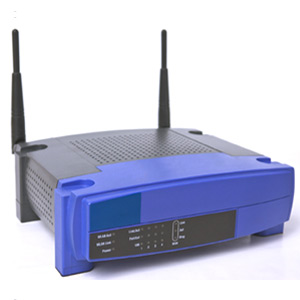Category: cool
Logs
Back in the old days, when big low-tech sailing ships ruled the ocean, the sailors had to solve some quite complex problems in simple ways.
One of the most fundamental problems they had to solve, was to figure out how fast their ship was moving.
Every hour (two bells), a couple of guys would go to the stern of the boat, and throw a piece of wood into the water behind the boat – a long length of string was tied to this wood, with knots tied at regular intervals. A sailor would let this string run through this hand for 30 seconds (as measured by an hourglass operated by his mate), and he would count the number of knots that passed through in that time – hence the boat speed was measured in ‘knots’.
Being simple, uncomplicated folk,the sailors called this piece of wood a “log”, and when keeping track of the measurements of the “log”, they wrote the time and results in a “log book”. They would also record lots of other standard, useful measurements as part of the same “log entry”, barometric pressure, weather coverage, sail plan, sea state, etc..
It gave a captain coming onto watch, a comprehensive understanding of how conditions have been changing. The name of this journal persisted beyond the need for actual bits of wood to measure speed, and was often shorted to just “log” through usage, as in “Captain’s Log”, etc..
So, “logs” have a cool, functional history, and are very useful.
wifi detector mechanics
http://electronics.howstuffworks.com/gadgets/travel/wifi-detectors1.htm
A wireless signal can travel only so far. Specifically, a typical signal can extend as far as 1,000 feet (304.8 meters) in an unobstructed, open area and about 300 feet (91.44 meters) in a closed area that has obstructions







